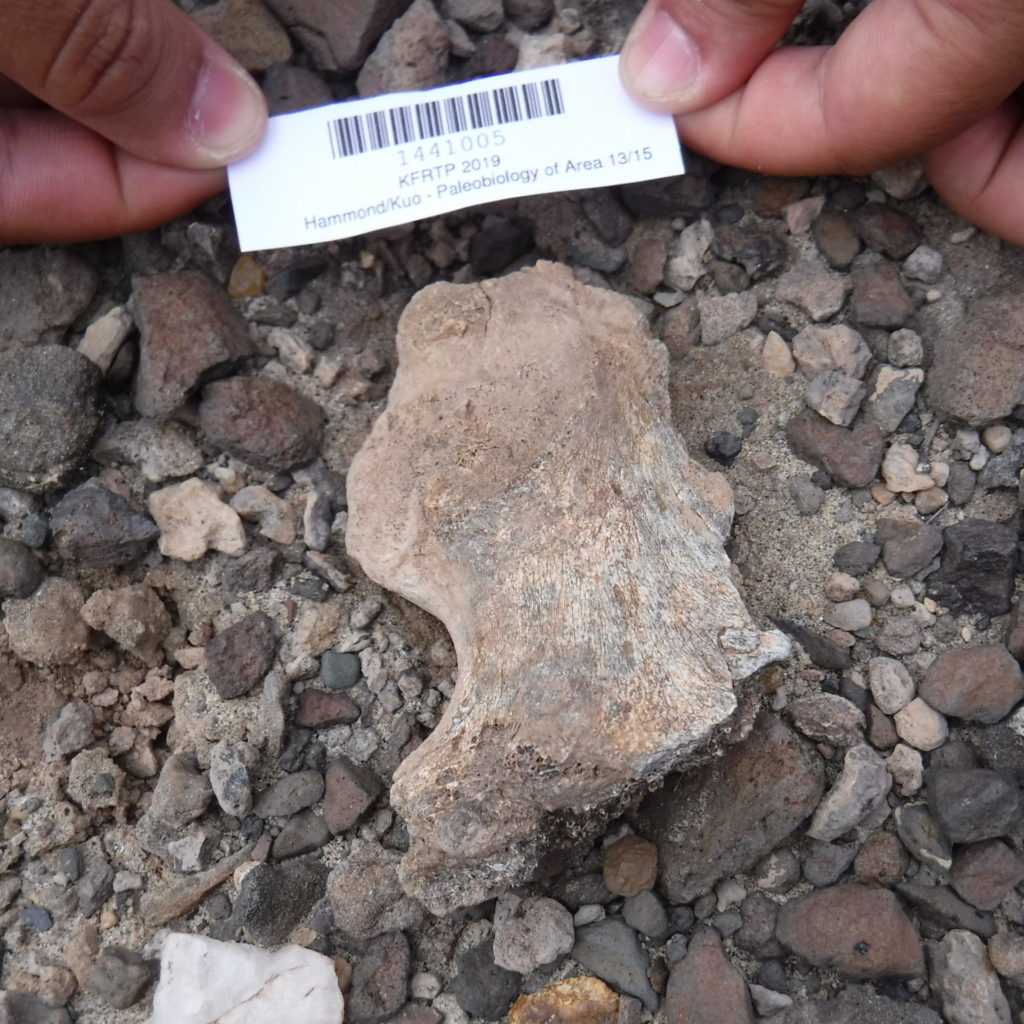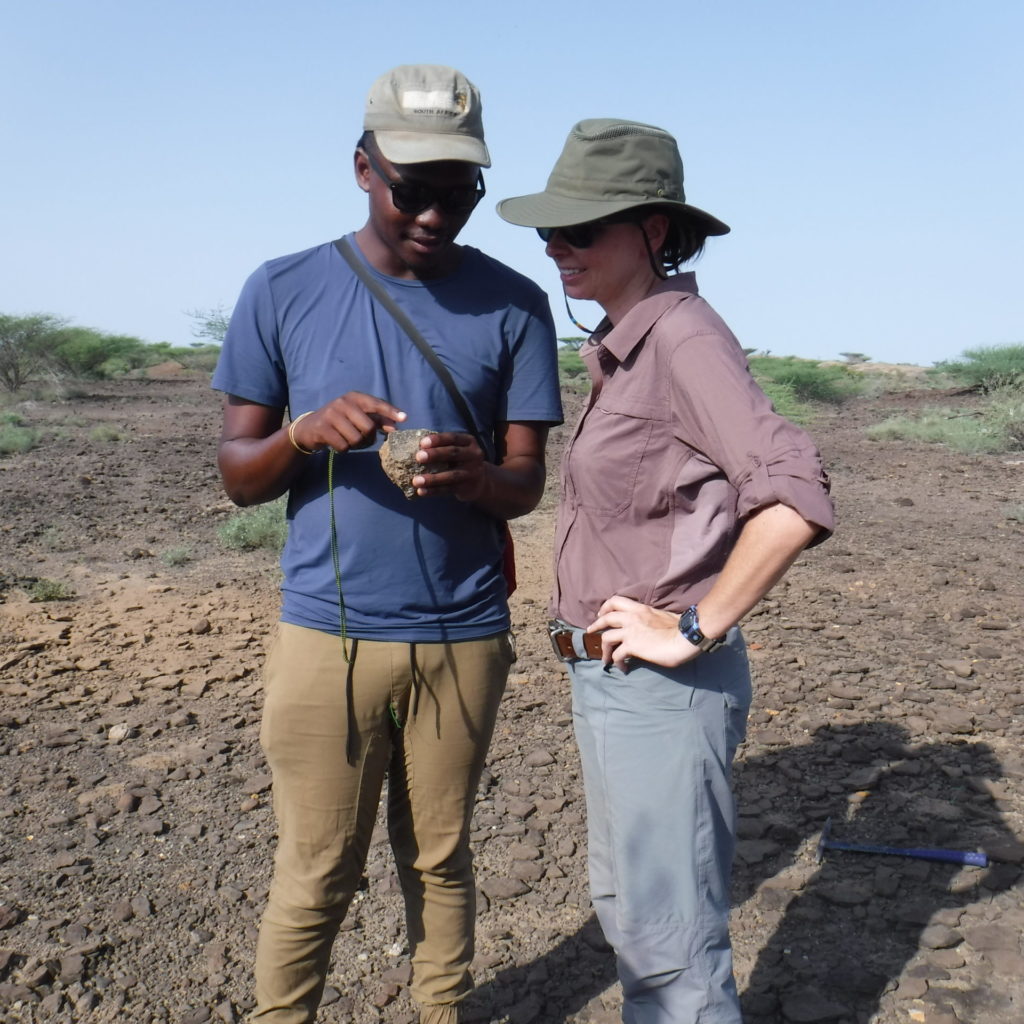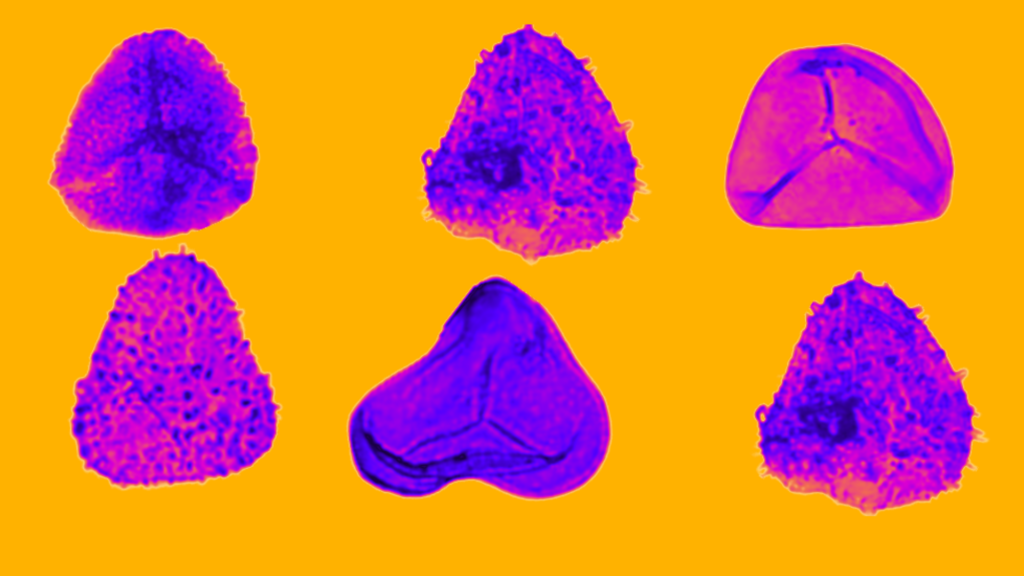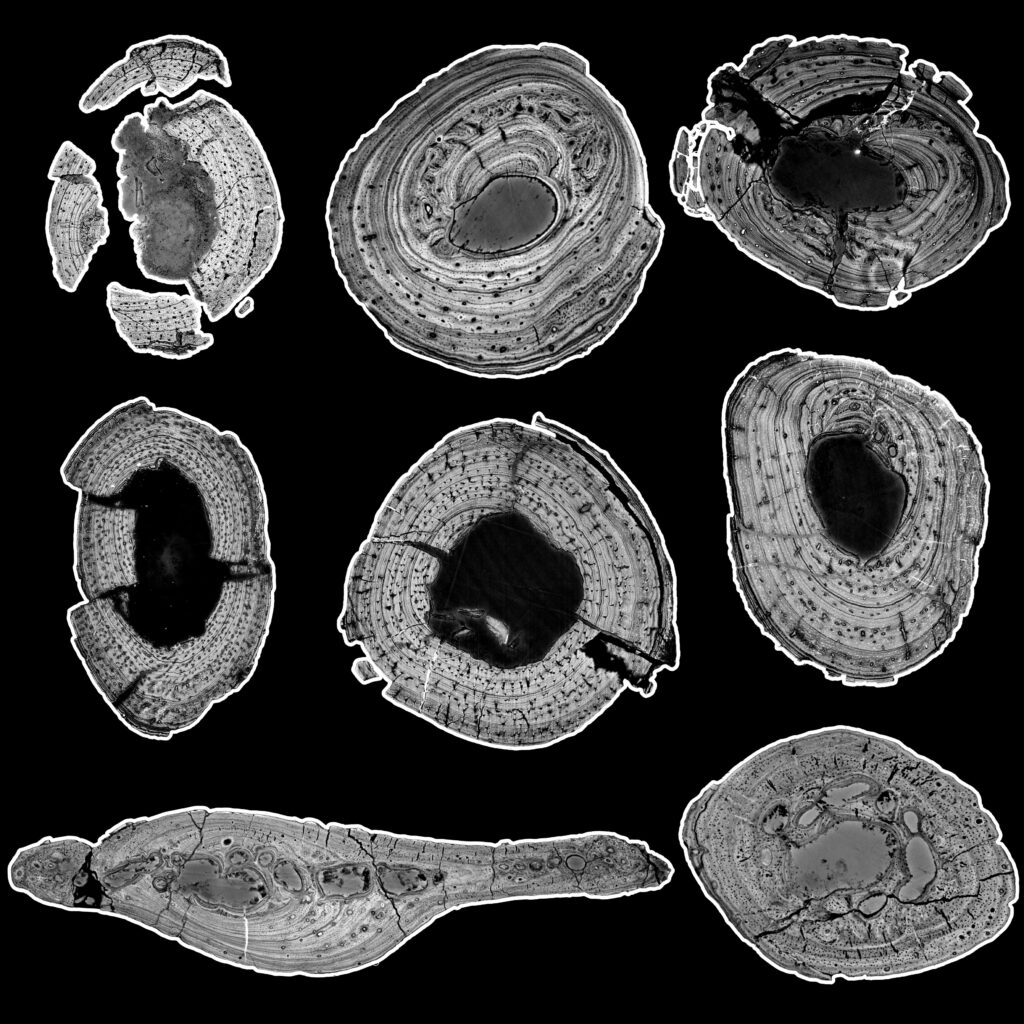Detective work solves a 50-year-old mystery
The discovery of a Homo erectus skull fragment in 1974, in East Turkana, Kenya, had since divided the scientific community with some saying that it is younger than the 1,9 million year date assigned to it. An international team of researchers revisited the site and found the correct location for the skull fragment and confirmed that it was 1,9 million years old.

Small bites
- KNM-ER 2598, the skull fragment of a Homo erectus was found in East Turkana, Kenya in 1974.
- A team of international scientists decided to revisit the site to clear up the controversy that KNM-ER 2598 was found in a deposit that was younger than 1,9 million years old.
- Through studying archival documents, satellite and aerial images, the team was able to find the fossil’s exact location, confirming its original age.
Rediscovered fossil site points to Homo erectus African origins
A cold case detective would have recognised the methods the international team of scientists used working the dig site in East Turkana, Kenya. But this wasn’t a crime scene, the researchers were revisiting a half-century-old site on the hunt for evidence that would bolster the claim that Homo erectus, a close human relative, had African roots. This hominin’s wandering ways had meant its fossilised remains had been found scattered across much of the globe, and tying down where it originated from was difficult. So, when researchers found a skull fragment in 1974, at the dig site in East Turkana and dated it to 1.9 million years, the pendulum swung back to Homo erectus having come from Africa. It was the oldest Homo erectus discovery to date, but some scientists claimed the fossil had come from a younger deposit. To clear up the controversy, the researchers decided they had to pinpoint the exact spot where the fossil was located half a century ago. They sifted through hundreds of pages of reports and scoured satellite and aerial photographs. Finally, they were able to conclude that KNM-ER 2598 had been collected at a different area, then initially reported. But there was no younger deposit, so the 1.9 million-year-old date stood. Their findings appeared in Nature. Then close to the rediscovered site, researchers found two new hominin specimens: a partial pelvis and a foot bone. Part of the study also involved collecting fossilised vertebrate teeth for isotope analysis. The data suggested that the environment KNM-ER 2598 lived in was open and populated with grazing animals. Further study revealed something else. “To our surprise, we found freshwater sponges in the microscopic investigation that clarified that this hominin was close to a body of water,” Silindokuhle Mavuso, a PhD candidate from the School of Geosciences, University of the Witwatersrand. Recently a Homo erectus fossil was found at the Drimolen site in the Cradle of Humankind, in South Africa that was dated to 2.04 million years old. The weight of evidence has again shifted to Homo erectus having had an African origin, however, the debate still rages.






